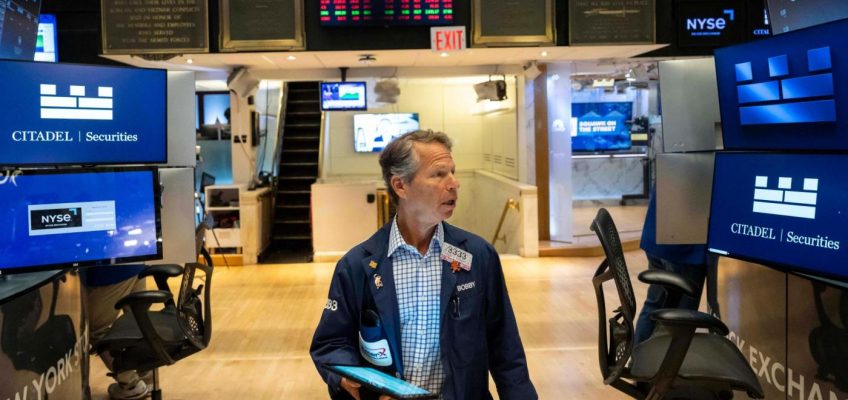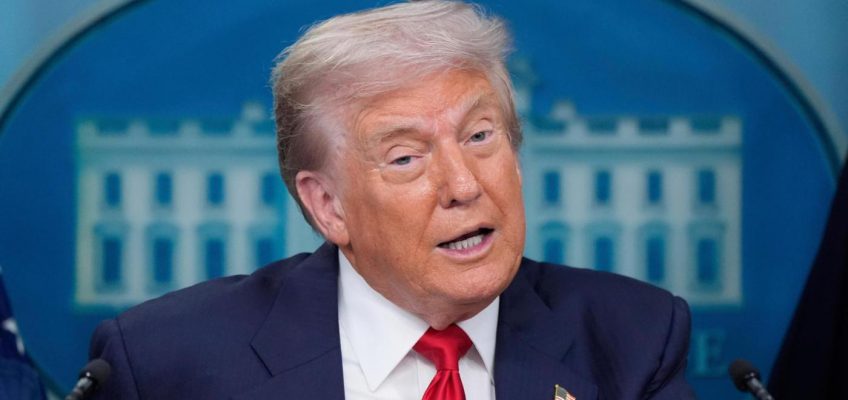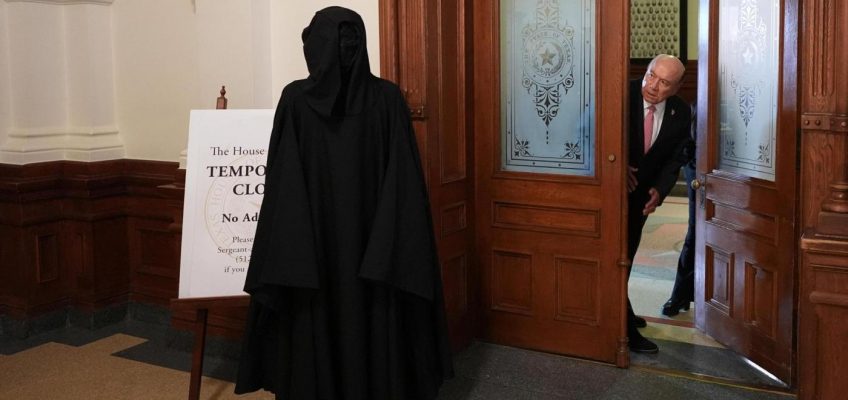High-end credit cards are nothing new. American Express has been catering to a discerning crowd since the 1960s, while airlines began partnering with Visa and Mastercard in the 1980s to launch airline credit cards for loyal travelers.
Related Articles
Trump thinks owning a piece of Intel would be a good deal for the US. Here’s what to know
Target picks an insider to lead the struggling company when CEO Brian Cornell steps down next year
Trump administration vying to own a big stake in Intel after SoftBank’s $2 billion bet on company
Minnesota sues TikTok, alleging it preys on young people with addictive algorithms
Burnsville Macy’s site sells for $4M after closing earlier this year
Cards with triple-digit annual fees are becoming more common, with even several “midmarket” cards upping fees to around $150. But that’s pocket change compared to premium card annual fees of $500 or more.
High annual fees get a mixed reaction from consumers. A NerdWallet survey, conducted online by The Harris Poll, found that 57% of Americans say no annual fee would be important to them if they were applying for a new credit card.
At the same time, the J.D. Power 2025 U.S. Credit Card Satisfaction Study found that cardholders paying an annual fee of $500 or higher are less satisfied with the reasonableness of that cost, but they’re more satisfied with the overall card experience than those paying an annual fee under $500.
“So much of the card perception and satisfaction is based on the return or the value that the consumer feels like they’re getting from the product,” says John Cabell, managing director, payments intelligence at J.D. Power.
Compared with cards with lower fees, premium cards offer many additional benefits that can help justify the cost. Depending on your needs and spending habits, high-fee cards may or may not be a better deal for you.
When to consider a high-fee card
You travel often
Premium credit cards typically offer travel-related perks, such as annual travel credits worth hundreds of dollars and free visits to airport lounges. You may also get a few travel-adjacent benefits, like the ability to book a reservation at a popular restaurant for a special dinner on vacation, or access to ticket presales for concerts and sporting events.
If you’re not a frequent traveler, other cards can be more rewarding for those close-to-home purchases — groceries, food delivery, gas or public transit for your daily commute, or streaming service subscriptions. If these expenses make up the bulk of your spending, a cash-back card could be a better fit.
The card’s other perks match your habits
Increasingly, premium cards are offering coupon book-style credits. You pay the annual fee, and then chip away at it by making certain purchases that earn statement credits.
These credits can be offered as one annual discount, or they may be divided into smaller semi-annual or monthly credits.
Often, they apply only for a purchase at a specific merchant, such as a discount on the membership fee for a certain fitness club. Or you may get a credit for something broader, such as a collection of participating restaurants in several cities.
If you were already spending money on an eligible purchase, your card is giving you a valuable discount. But if you buy something expensive just to get a little money back, you’re still spending a lot of money.
You get good value out of your points
You probably didn’t sign up for an expensive card just to save $10 a month on ridesharing. Let’s acknowledge the most compelling reason: the enormous welcome bonus that will knock hundreds of dollars off the cost of a future vacation.
In some cases, redeeming for travel is how you get the most value out of your points. Some cards allow you to transfer your points to one of their airline or hotel partners, which can be a highly valuable way to cash in your rewards.
But if you redeem in other ways — like for cash back, gift cards or merchandise — point values can vary and may be lower.
When to stick to a lower-fee card
You have credit card debt
As appealing as premium credit cards can be, if you have credit card debt, hold off on applying for one. The amount you’re paying in interest is going to wipe out the value of your rewards pretty quickly.
“Where that math works is best for people who are transacting and who are not paying interest on that credit card, because that’s a real drain,” Cabell says.
Let’s see how this math can play out. According to NerdWallet’s 2024 Household Credit Card Debt study, the average U.S. household with revolving credit card debt owed $10,815 as of June 2025. If you carried a debt of this amount and paid an interest rate of 22% (just under the average credit card interest rate of 22.25%, according to Federal Reserve data as of May 2025), you’d spend more than $2,300 in a year on interest payments.
It’s unlikely you’ll be able to recoup that cost with a card’s sign-up bonus and a few statement credits. (And, again, to earn those statement credits, you have to spend money just to get a portion of it back.)
A balance transfer credit card, or a lower-interest personal loan, could help you save on interest as you pay down credit card debt.
You’re not the card’s target audience
If you’re not loyal to a specific airline, that airline’s card likely isn’t for you. If you’re not a luxury traveler, you won’t use a credit toward stays at five-star hotels. If you live in a small or midsize city, credits for merchants located in a major city a two-hour drive away are going to be difficult to benefit from.
Many of these perks are aspirational in nature. Who doesn’t imagine a stay in an overwater bungalow in French Polynesia, while they book two nights at a midrange hotel next to a strip mall for a friend’s wedding?
It’s OK to dream, but don’t let fantasy get in the way of whether a card fits your reality.
You want simple benefits
Perhaps what you’re looking for in a card is straightforward: a solid welcome bonus, rewards categories that align with your spending, and points you can redeem easily. No struggling to remember which card to use for what purchase, and no lengthy lists of statement credits you’ll forget to use.
If you want a card that’s a tool and not a homework assignment, some premium cards are just not for you. There are options where using just one or two annual credits will wipe out the fee, which could be doable. But if a card’s features overwhelm you, you’re not going to get value out of them.
More From NerdWallet
What Happens to Authorized Users When the Primary Credit Card Holder Dies?
The Credit Card Tools Hiding in Your Banking App
Great Recession Taught Me Lessons That Still Apply Now
Sara Rathner writes for NerdWallet. Email: srathner@nerdwallet.com.
The article Annual Fees Over $500? Here’s When They Make Sense originally appeared on NerdWallet.




